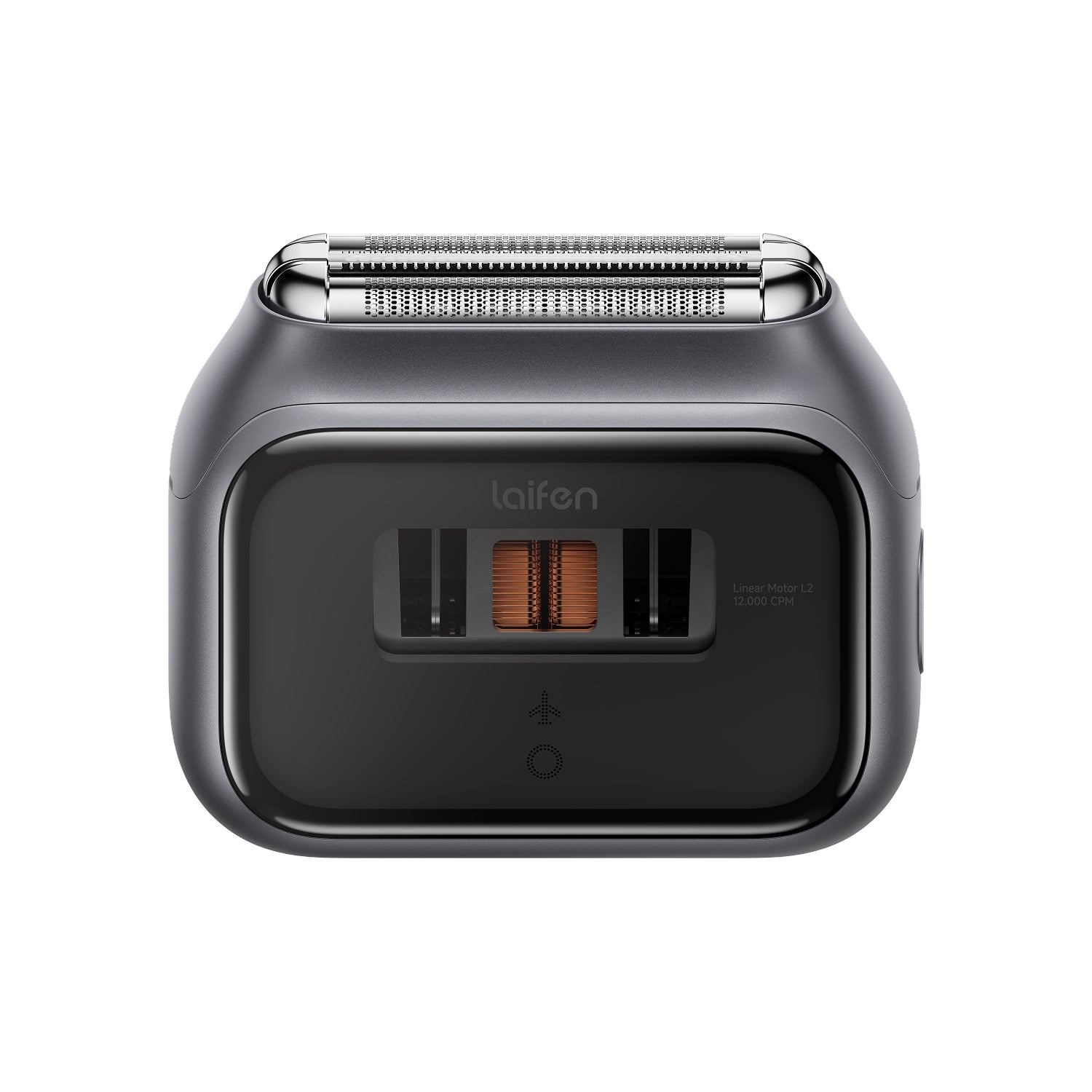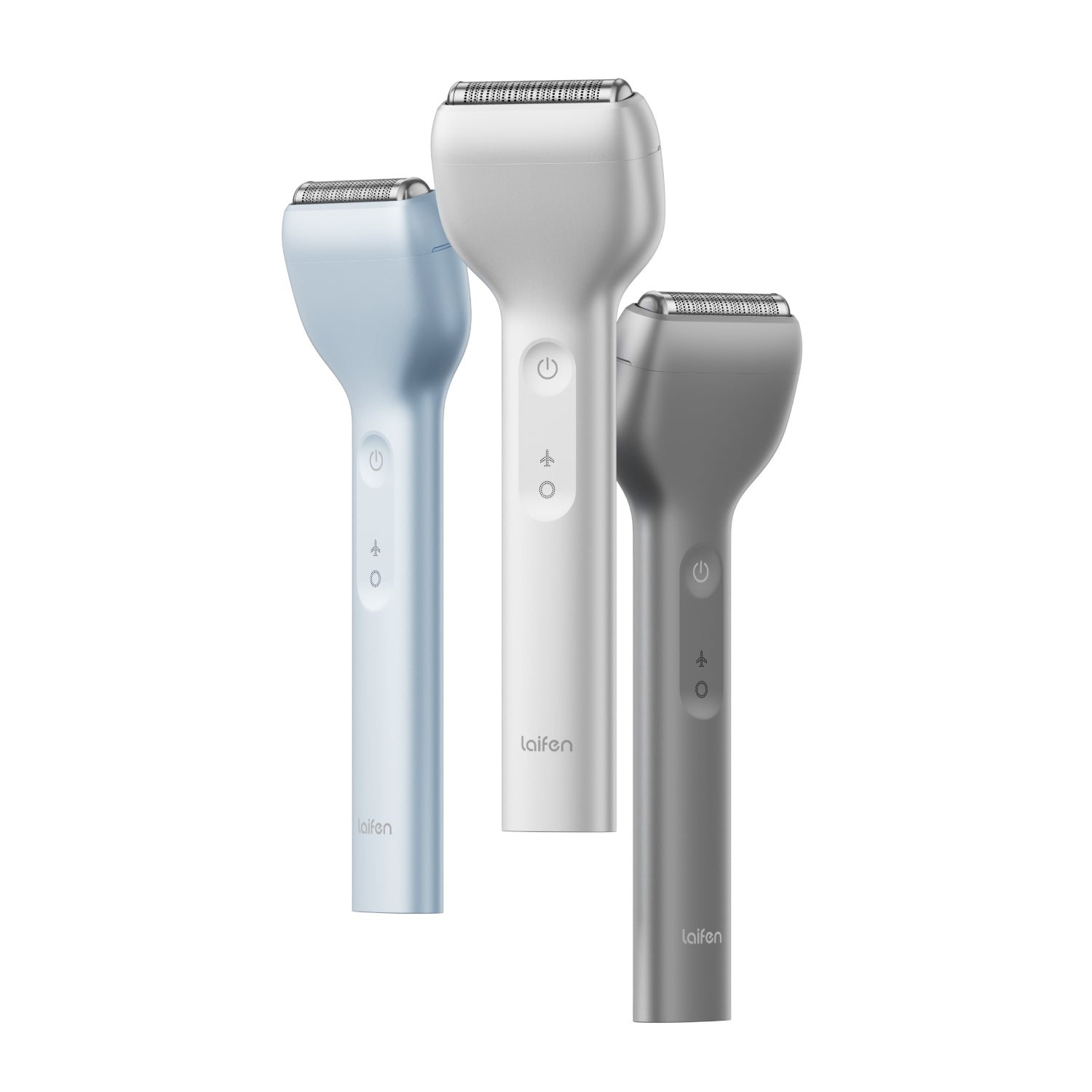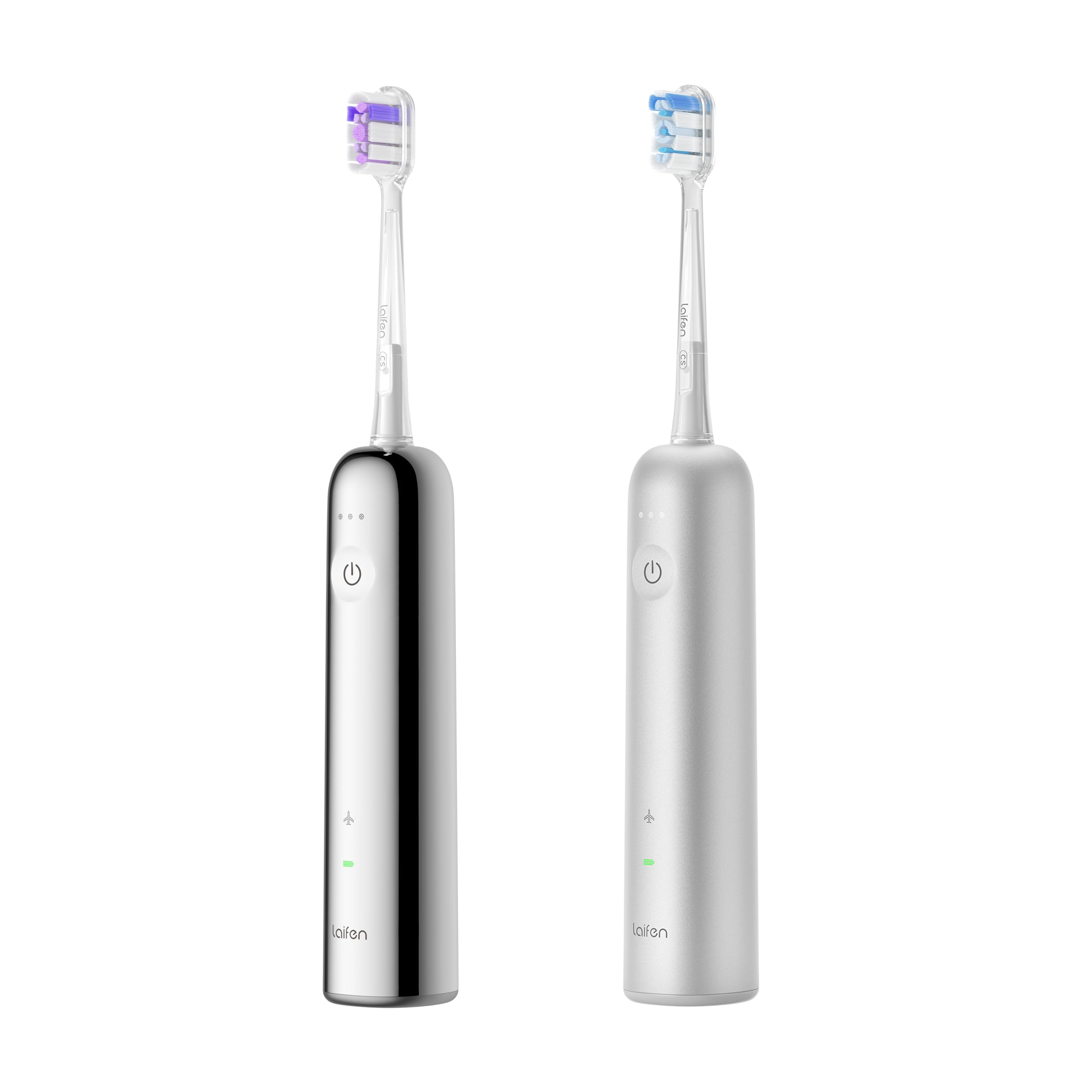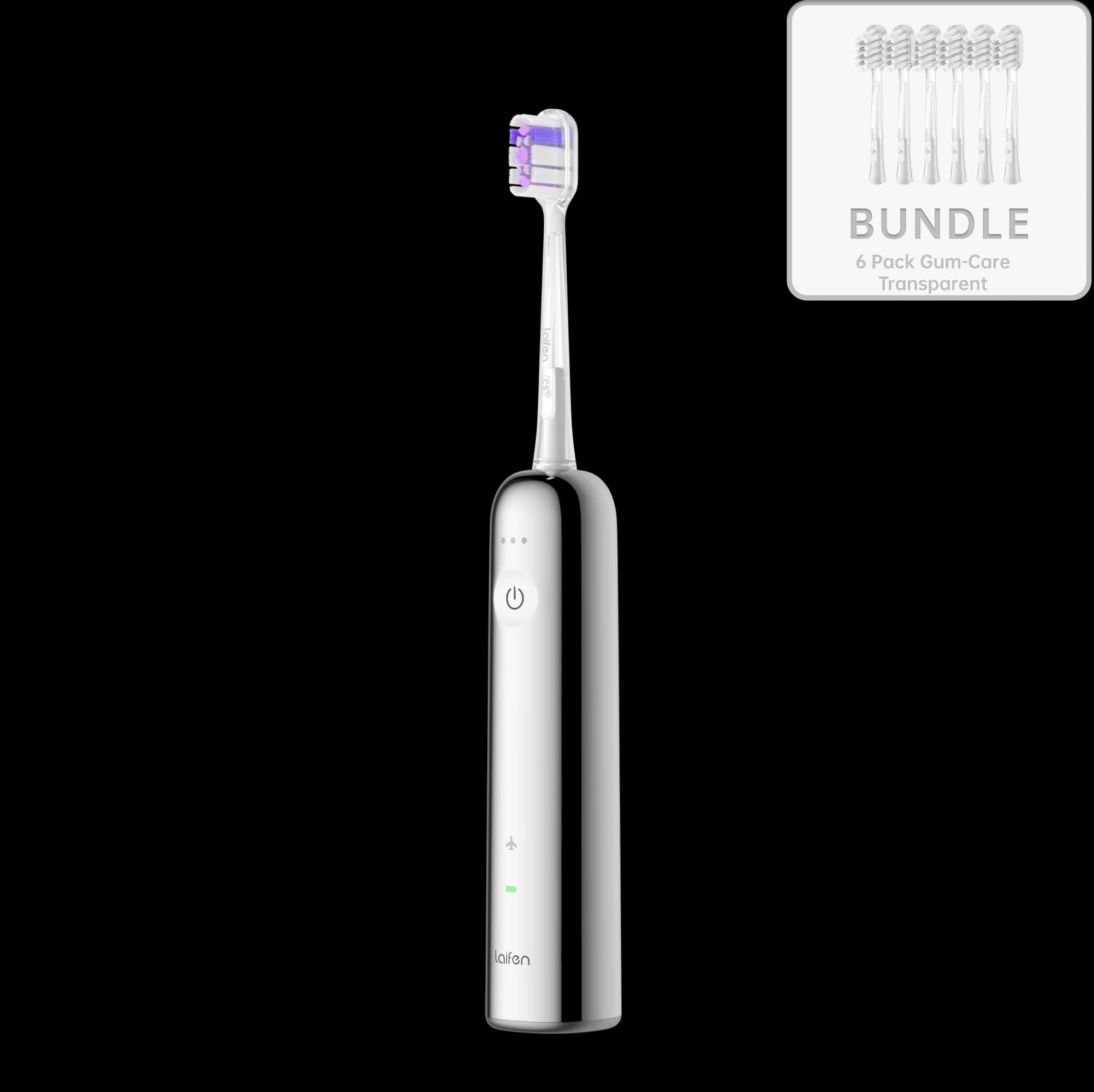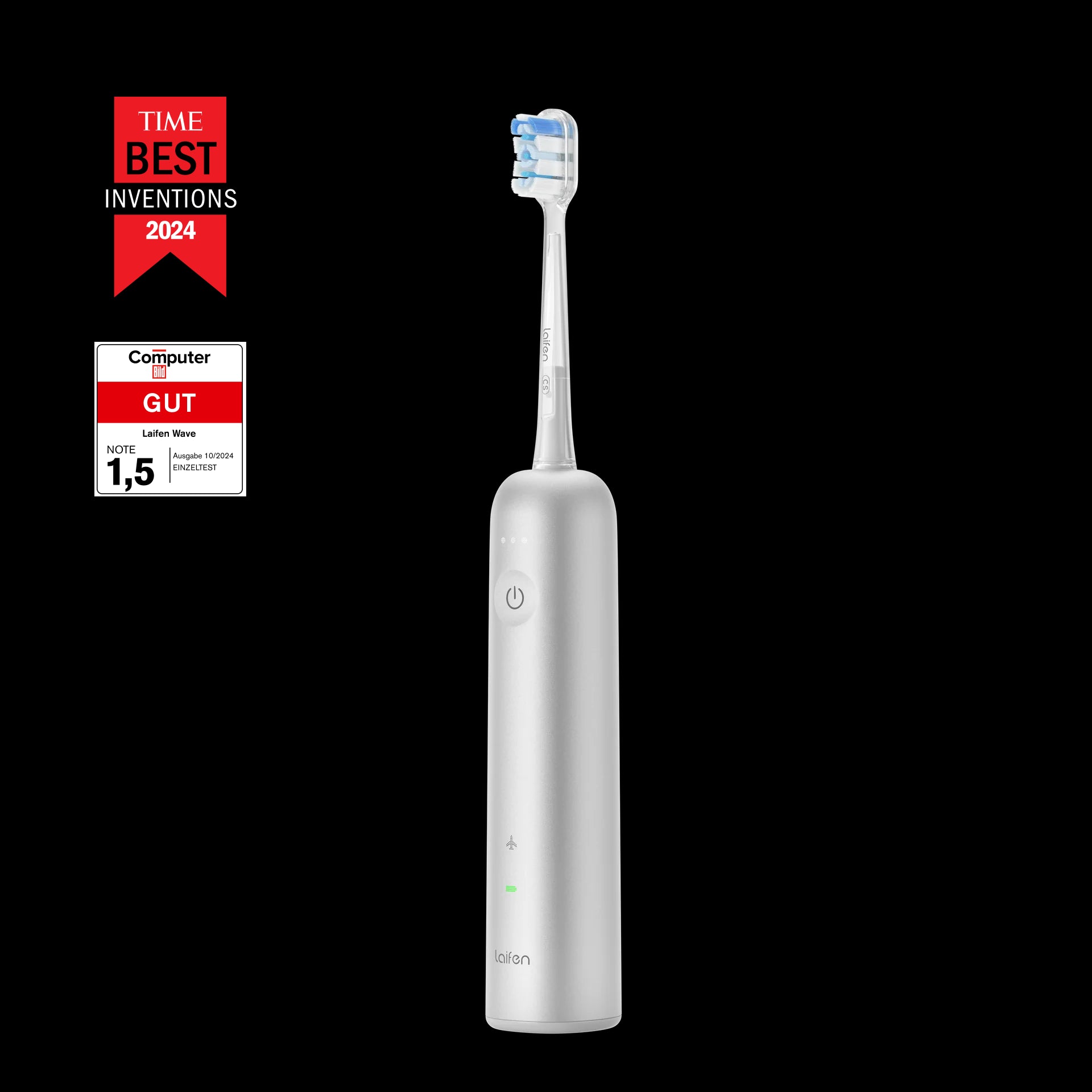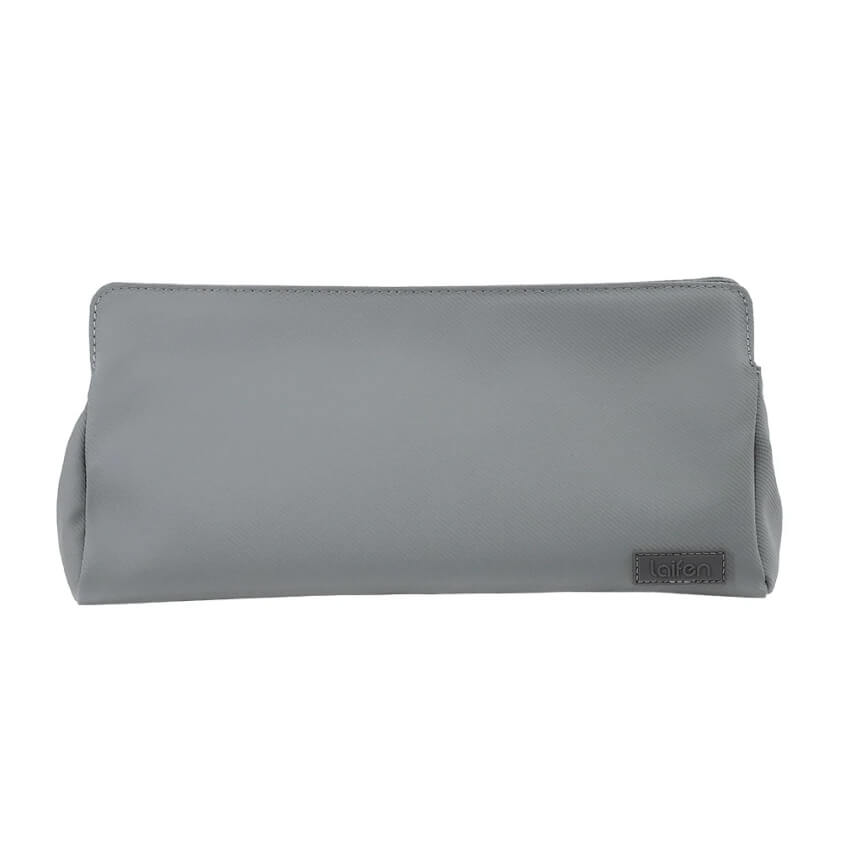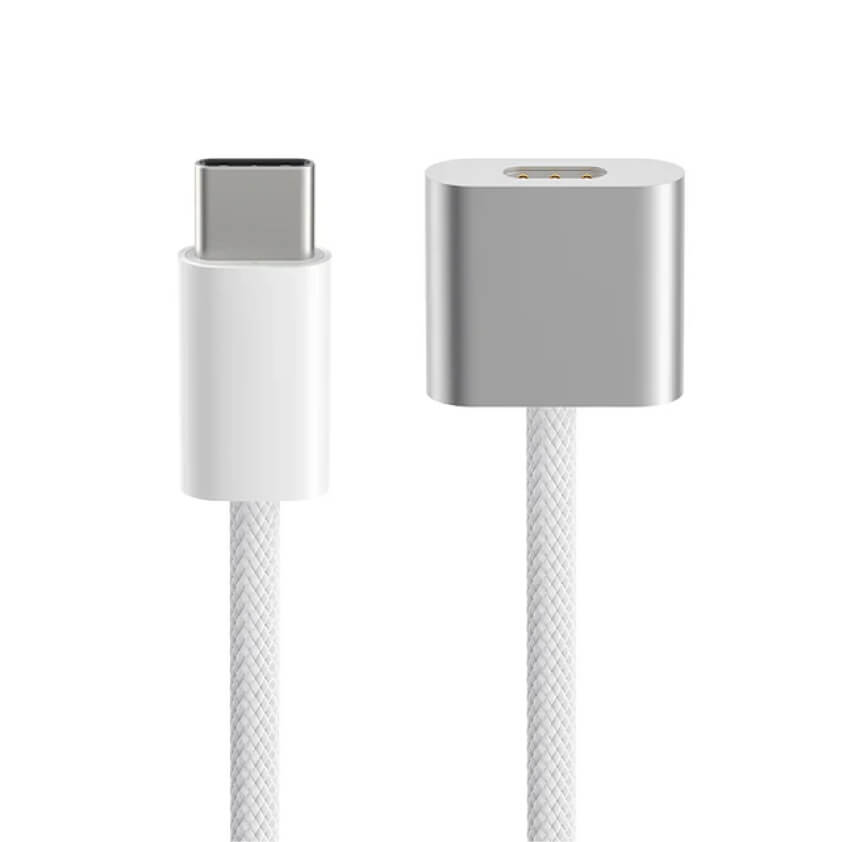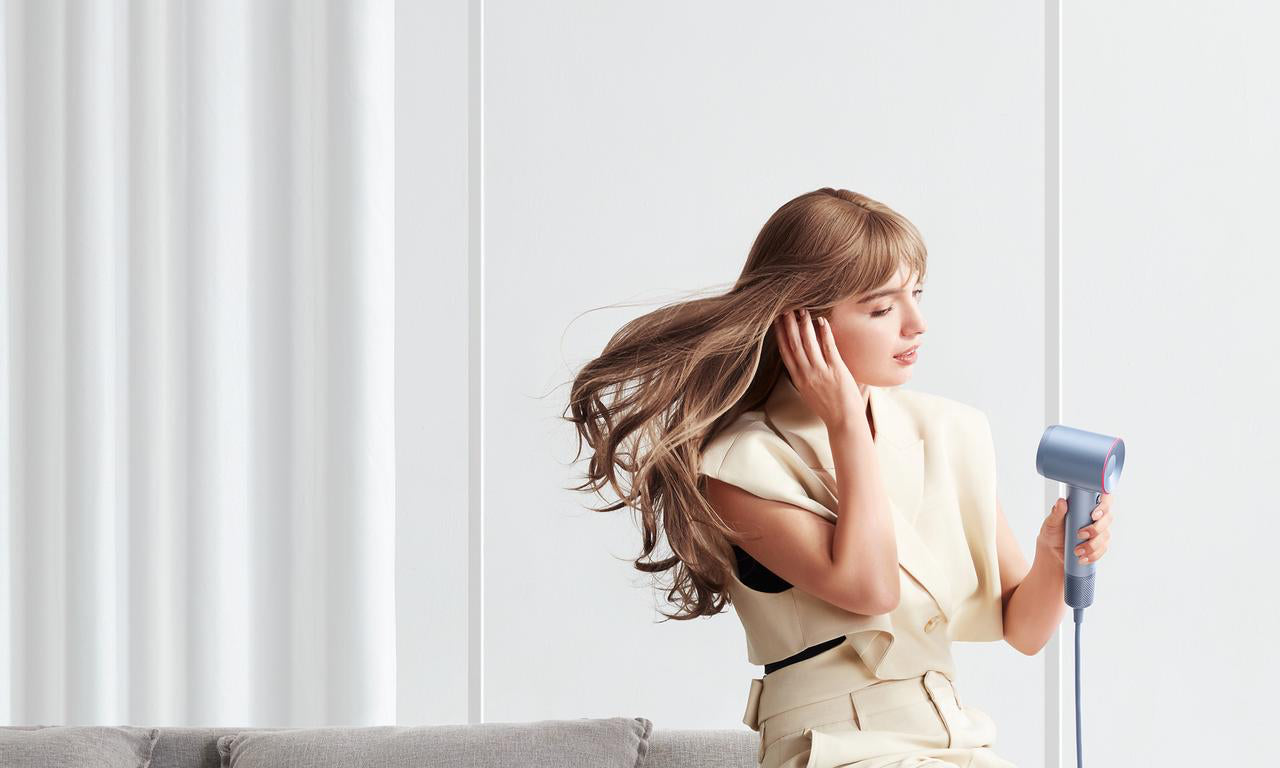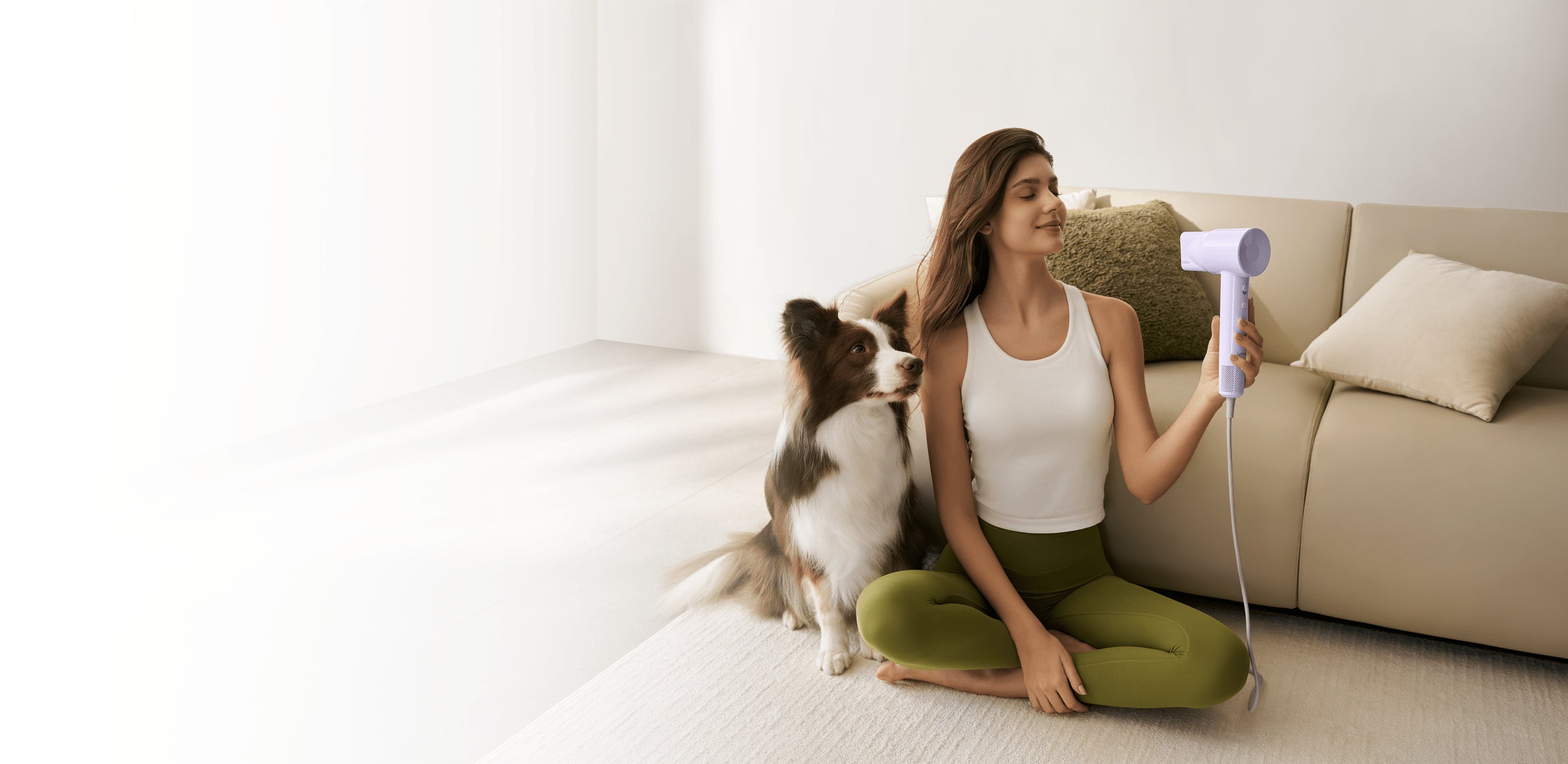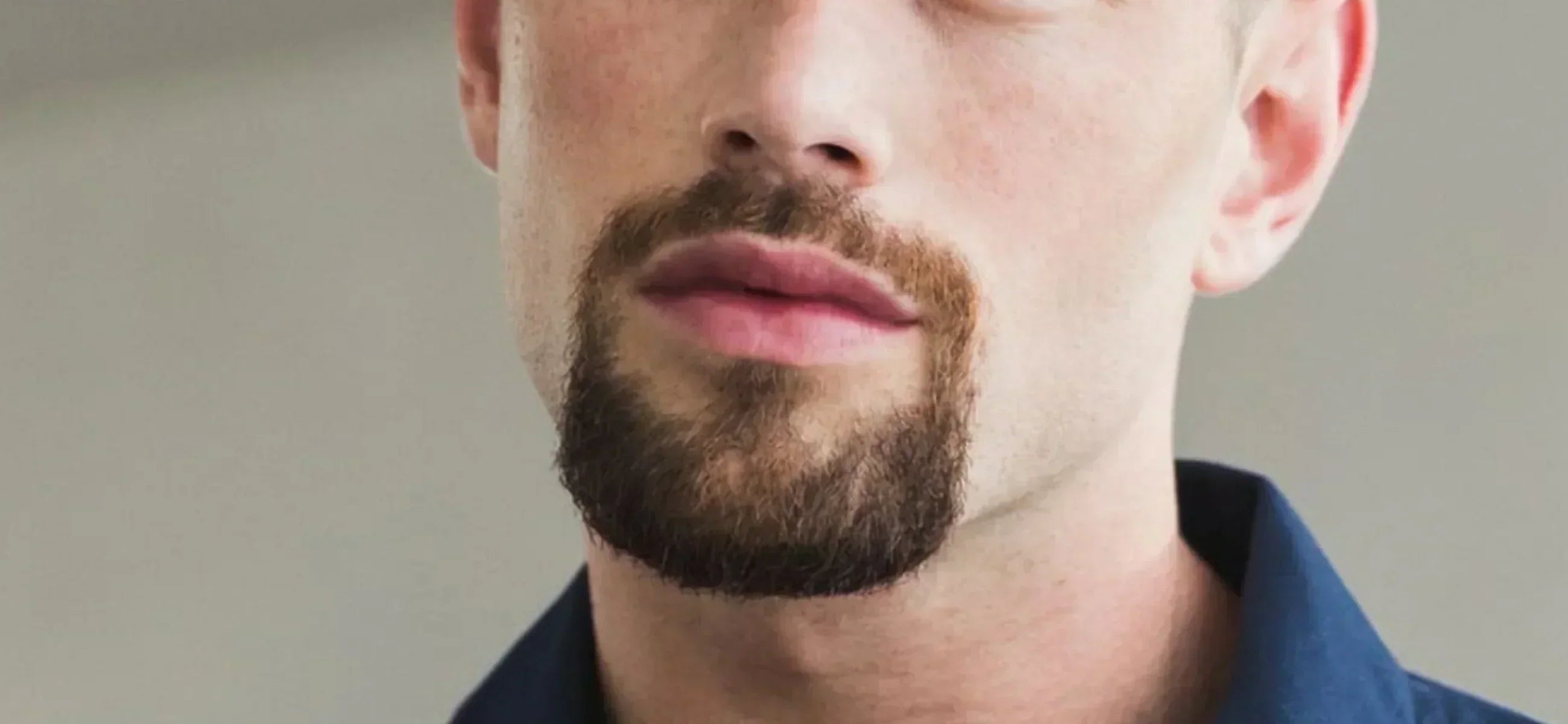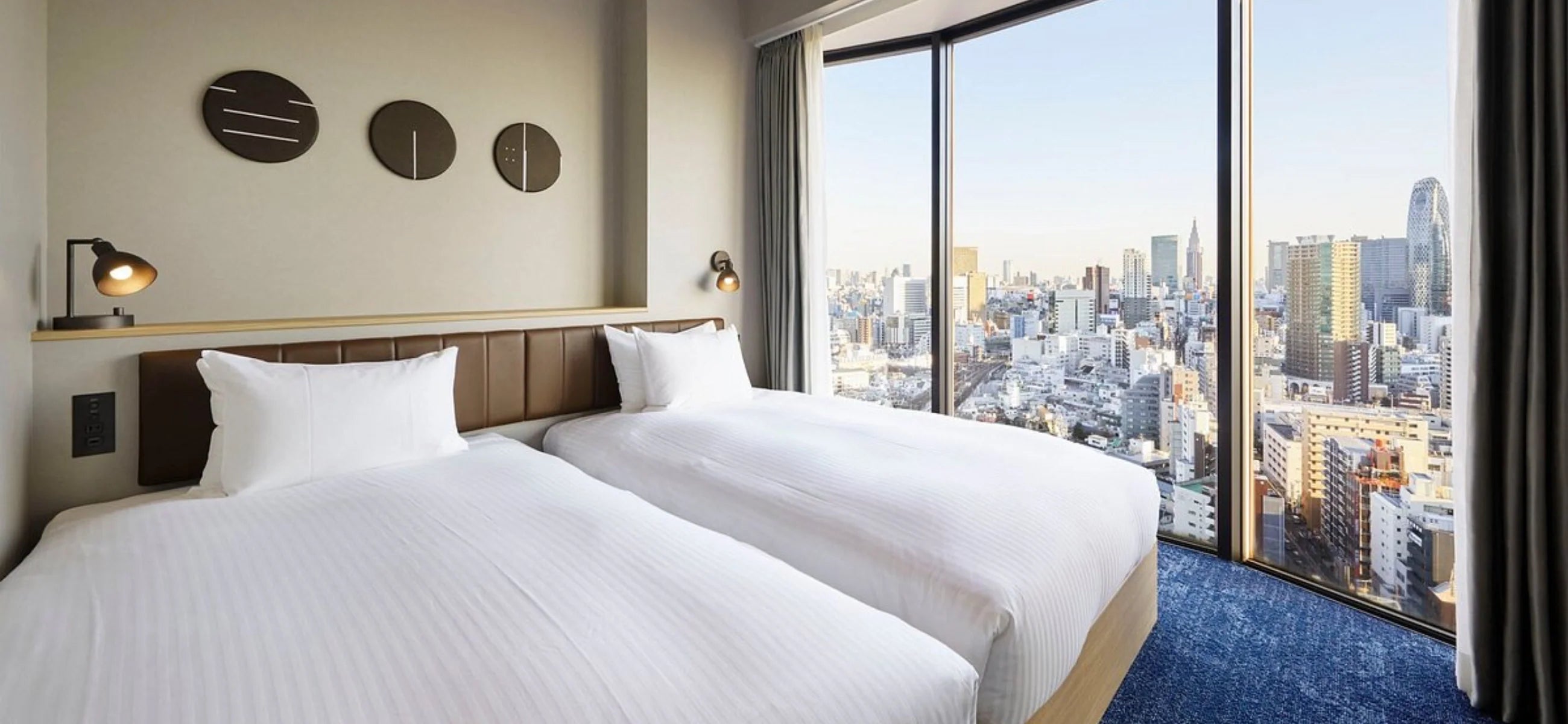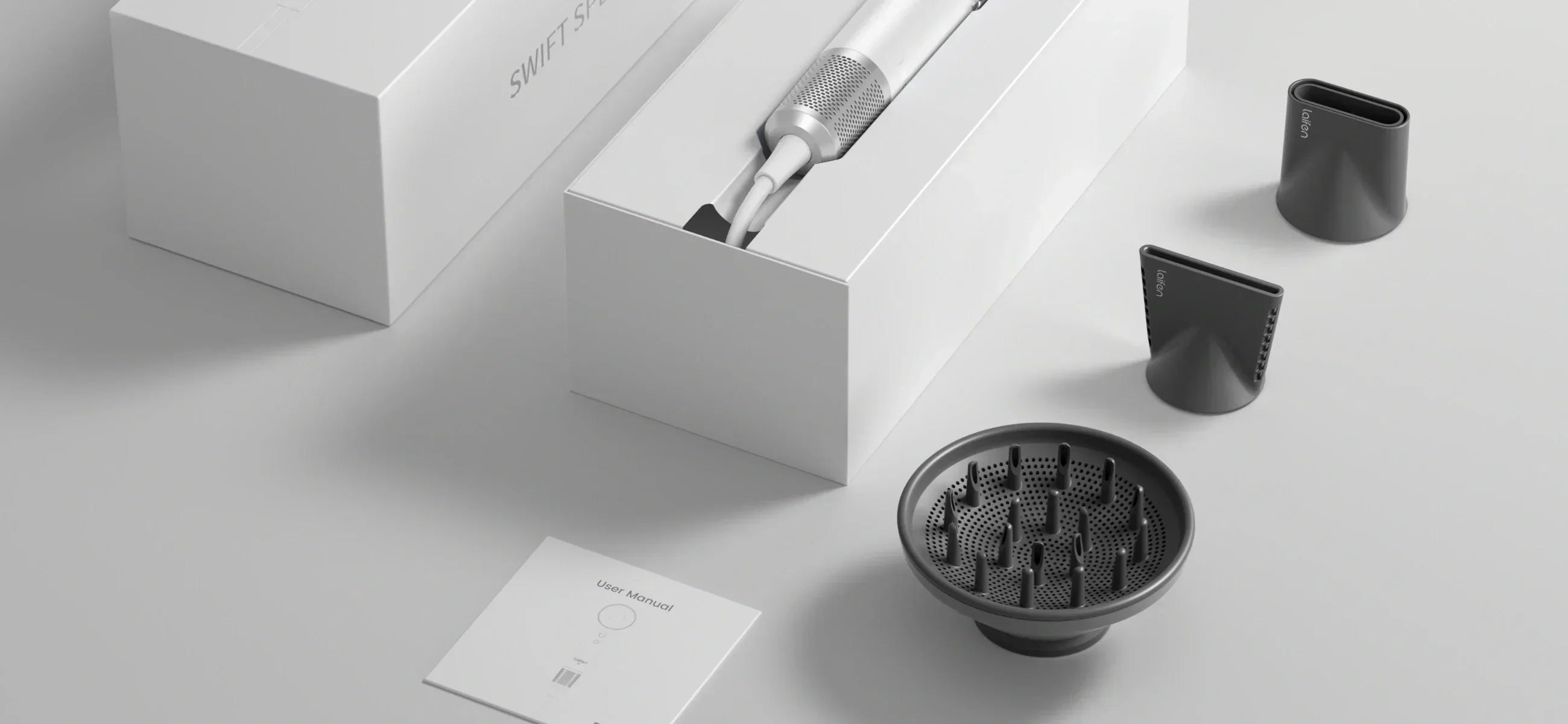
In this article
Ever trimmed your beard only to end up with uneven lines, patchy edges, or a neckline cut too high? Many men struggle with lining up their beards at home. The good news is, with the right guidance and tools, you can master the process and achieve that crisp, barber-quality finish without the stress. We’ll share expert-approved techniques so you can line up your beard like a pro.
What does it mean to line up your beard?
Lining up your beard means carefully defining the edges of your facial hair to achieve a sharp, balanced look. It involves shaping key areas; so your beard complements your natural face shape. Instead of letting hair grow unevenly, a lineup creates symmetry and instantly makes your beard look more professional and intentional.

Barbers and grooming experts emphasize that a beard lineup is precision and technique. A well-defined cheek line highlights your beard’s shape, while a properly placed neckline prevents an overgrown or scruffy appearance. The jawline is equally important, as clean edges here bring structure and balance to your overall style.
Together, these adjustments create a polished beard that frames your face with confidence. For men who want to maintain a well-groomed look, lining up the beard is an essential step in any beard care routine.
Tools you’ll need for a perfect beard lineup
Electric shaver

A high-quality shaver is the foundation of a clean lineup. The Laifen P3 Pro electric shaver is highly recommended for its two powerful linear motors delivering up to 24,000 cycling cuts per minute. Its portable design and IPX7 waterproof rating for both wet and dry shave.

Laifen P3 Pro 3-Blade Electric Shaver with Linear Motor
Beard comb
A sturdy beard comb helps detangle hair and guide trimming for even cuts. A boar bristle brush is also useful to distribute natural oils and keep your beard neat before lining up.
Sharp scissors
Small grooming scissors are essential for trimming stray hairs around your mustache or sideburns where a trimmer might be less precise.
Beard oil
Hydrating your beard and the skin beneath reduces irritation and makes lining up easier. Oils like argan or jojoba soften hair, allowing smoother cuts and sharper edges.
Optional: Beard stencil
For men who want ultra-crisp lines, a razor or beard stencil can help achieve barber-level precision, especially along the cheeks and neckline.
Step-by-step guide: How to line up your beard
This step-by-step guide shows you how to trim and maintain sharp edges safely
Step 1: Prep
Wash with a gentle beard shampoo and rinse with lukewarm water to remove oil and debris. Pat dry (don’t rub). Comb hair in its natural growth direction to reveal true lines. Stand in bright, even light and note where your cheek line, jaw, and neckline naturally fall.
Step 2: Define
Smile slightly and draw an imaginary line from the top of your sideburn to the corner of your mustache (or the point that best flatters your face shape). Trim only the strays above this line using short, controlled strokes. Use a straight edge or beard stencil. Check symmetry by facing forward, then tilting your head left/right.

Step 3: Set the neckline (avoid the “too high” mistake)
Place two fingers above your Adam’s apple. Create a gentle “C” curve from that point to just behind each earlobe. Trim everything below the curve. Keep your chin slightly down and stretch the skin for safer passes.
For low-irritation edging, a precise shaver like the Laifen P3 Pro (two powerful linear motors up to 24,000 cycling cuts per minute, portable design, IPX7 waterproof for wet or dry use) helps you outline cleanly in or out of the shower.
Step 4: Reduce bulk and blend for shape
Choose guards to maintain length on the cheeks (e.g., #3–#4), slightly shorter on the sides (#2), and shortest on the upper neck (#1) to create a subtle taper. Work with the grain in slow, overlapping strokes. Comb often to lift flat hairs and re-pass lightly.
Step 5: Detail the mustache, jaw corners, and sideburns
Trim mustache hairs that cross the lip with small scissors; define the philtrum (center line) for a clean look. Square or softly round the jaw corners depending on your face shape (round faces benefit from sharper angles; long faces from softer edges). Tidy sideburn thickness to match your beard’s top length so the transition looks intentional, not patchy.
Step 6: Soothe, protect, and maintain
Rinse with cool water, then apply an alcohol-free aftershave or lightweight moisturizer to calm skin. Give a few drops of beard oil to condition hair and reduce future irritation. Clean and dry your tools after every session to prevent bacteria buildup. Maintain edges every 3–5 days (or weekly if slower growth).
Beard lineup styles to consider
Explore the ten popular lineup styles to inspire your next look.
1. Natural cheek line
The natural cheek line embraces your beard’s growth pattern without over-shaping. Choose this if you prefer low-maintenance grooming while still looking neat. By trimming only stray hairs above your natural cheek line, you create balance without sacrificing fullness.
2. Sharp cheek line
A sharp cheek line defines your beard with precision, creating a straight edge from sideburn to mustache. This style instantly makes your beard appear more intentional and professional. Popular among men who want a structured look, it highlights facial symmetry and sharpens features. Achieving this requires patience and steady trimming, ideally with a precision shaver.
3. Low cheek line
The low cheek line involves trimming your beard lower on the cheeks to create a denser and more angular look. It’s a choice if your beard grows patchy on the upper cheeks, as the lowered edge makes your beard appear fuller. This style suits both short and mid-length beards and gives the illusion of stronger jaw definition.
4. High cheek line
A high cheek line maintains more natural growth, resulting in a fuller appearance. This style is best suited to men with thick, even growth who want to showcase density. By keeping the cheek area higher, it creates a strong, commanding look that emphasizes beard volume over precision. Stray hairs should be cleaned up above the line for neatness, but the aim is to highlight strength and coverage.
5. Rounded neckline
The rounded neckline softens the transition between your beard and neck better for round or oval face shapes. Instead of harsh angles, it uses a curve under the chin to create a balanced appearance. This style is flattering for men with fuller beards, as it prevents a blocky or boxy look.
6. Straight neckline
The straight neckline is a barber favorite for achieving a sharp foundation under the beard. This clean line sits two fingers above Adam's apple, running horizontally to the jaw. It’s effective for shorter, boxed beards, as it creates the illusion of a stronger jawline.
7. Jawline fade
The jawline fade creates a tapered effect by adding beard length along the jaw into shorter edges. This stylish look offers a smooth, barber-quality finish that pairs well with contemporary haircuts. It works best for men who want clean grooming without harsh lines. Because fading requires even hand control, it’s more advanced than basic lineups.
8. Tapered sideburns
Tapered sideburns are perfect for connecting your beard to your haircut. Instead of abrupt transitions, the hair shortens as it meets the beard, creating a cohesive and natural look. This style is highly versatile, fitting both long and short beards. The taper can be subtle for a softer effect or more defined for a modern edge.
9. Boxed beard lineup
The boxed beard lineup is a classic style featuring sharp cheek lines and a straight neckline, forming a square or rectangular outline. This structured look is ideal for men with angular or square face shapes, as it enhances definition. It’s masculine and communicates precision. Achieving it requires steady trimming and strict maintenance since stray growth can quickly soften the edges.
10. Full fade lineup
The full fade lineup combines modern barbering with beard grooming, creating a transition from haircut to beard. The beard fades from longer chin hair into shorter sideburns. This style is trending among men seeking a fresh look with maximum impact. While it requires more upkeep than other lineups, the results are worth it.
Maintenance tips to keep your beard line sharp
Don’t wait until your beard looks overgrown; stray hairs weaken definition quickly. Touch up cheek and neckline lines every 3–5 days. A precision tool like the Laifen P3 Pro electric shaver, with dual linear motors (24,000 cuts/min) and waterproof design, makes it easy to maintain crisp edges at home.
A well-brushed beard naturally stays in shape. Use a quality beard comb or boar bristle brush to guide hairs downward, prevent tangles, and make uneven growth more visible. This daily habit keeps your lineup sharper between trims.
Dry, brittle hairs make even the cleanest lineup look rough. Apply beard oil or a lightweight moisturizer after trimming and washing. This keeps skin hydrated and reduces irritation, helping your lines stay defined.
When to see a barber vs. DIY?
Learning how to line up and maintain your beard at home gives you freedom and cost savings. DIY is ideal for trimming stray hairs, refreshing cheek and neckline edges, and keeping your beard presentable between professional visits.
That said, there are times when seeing a barber makes a big difference. If you’re growing a beard for the first time, transitioning to a new style, or want to achieve a complex lineup such as a full fade, a professional barber provides expertise that’s hard to match at home. A skilled barber can analyze your face shape, recommend the best beard style, and set clean foundation lines that you can later maintain yourself.
Key takeaways
By understanding what a lineup means, choosing the right tools, and following a step-by-step routine, you can transform uneven edges into crisp lines that highlight your best features. Still, every beard is unique, and the right approach depends on your growth pattern and face shape. With the right balance of at-home maintenance and occasional barber visits, you’ll always stay in control of your look.

